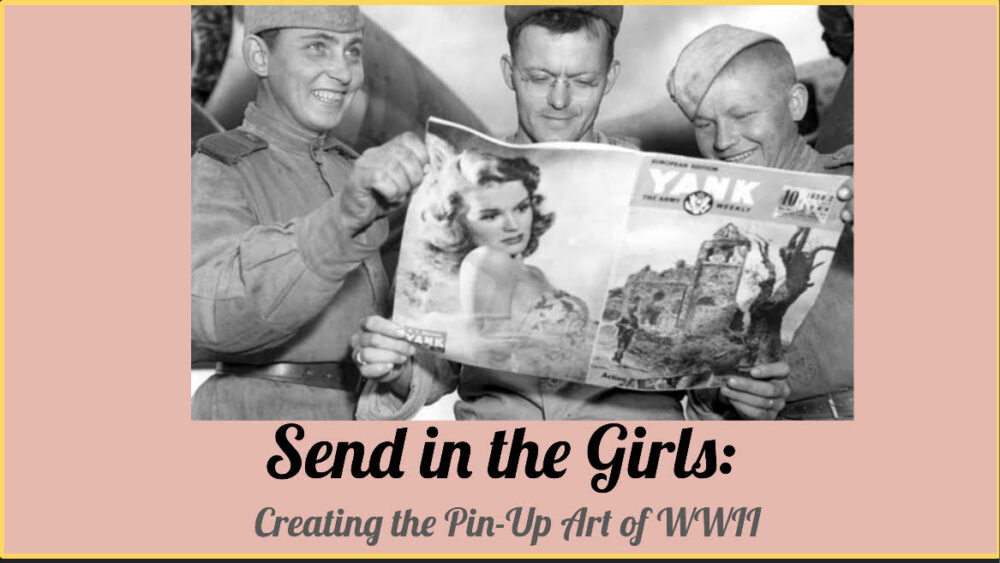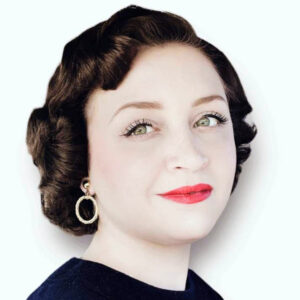Col. Elliott White Springs was a flying ace in World War I, shooting down 16 enemy aircraft. After the war, he needed a way to turn around the family business – Springs Industries.
He tried a number of things, and eventually he turned to the American pin-up girl for help. The new Springmaid ads, calendars and other promotional items featured, as one account put it, “women posed in flirtatious positions, often in the direct path of a gust of wind.” This worked, big-time. Springs had returned to the Army Air Corps in the Second World War, where he had seen similar images – some of them considerably more daring than what he would use – on the noses of American warplanes.
Those and other racy expressions constituted a new American art form. Jamie Rae Robison will talk about the pin-up form in a free lecture at noon on Friday, May 24, at the South Carolina Confederate Relic Room and Military Museum in Columbia. The program, called “Send in the Girls: Creating the Pin-Up Art of World War II,” is part of the museum’s regular Noon Debriefs series.
As anyone who has lived over the past 90 years or so knows, there’s much more to this art form than Springs ads and airplane noses. Over the years, such images have adorned many an auto repair shop and young man’s dormitory room – not to mention everything from magazines to matchboxes. They’ve also played a huge role in the careers of such Hollywood bombshells as Marilyn Monroe, Rita Hayworth, Betty Grable, Sophia Loren and Farrah Fawcett. Many others were known almost entirely for their pin-up pics, such as Bettie Page and Dita Von Teese.
One whom The State newspaper dubbed “probably the number one pin-up girl of all time” was a longtime resident of Myrtle Beach. Her name was Jewel Flowers. Her obituary in that paper in 2006 featured an attention-grabbing departure from the usual formal portrait. It was one of her most famous full-length poses, painted by her frequent collaborator, Rolf Armstrong. That same image had adorned a C-47 during World War II.
Jaime Robison will cover all that and more. She will also display other examples of the form, including a dress made of material covered with Springs pin-ups. As a student of the form, she has only found one such artifact, in a small store outside Kershaw. But there are plenty other such images on other things. Of Springs, Jamie says, “He knew what would sell.”
Most Noon Debriefs cover combat and those who have engaged in it. This one covers, or uncovers, a more attractive aspect of war – and of American commerce. Come hear Jamie Robison expound upon it.





Comments are closed.